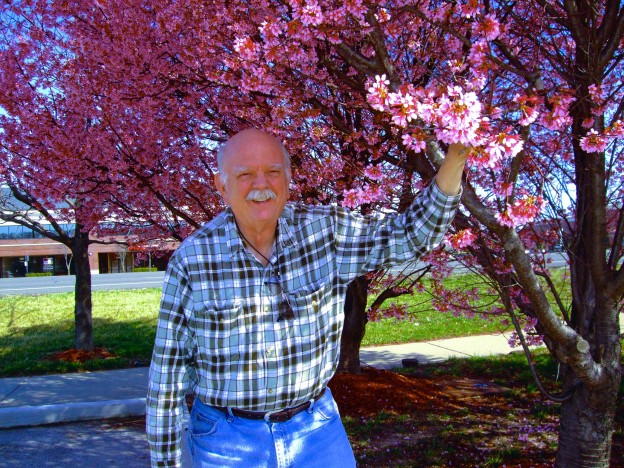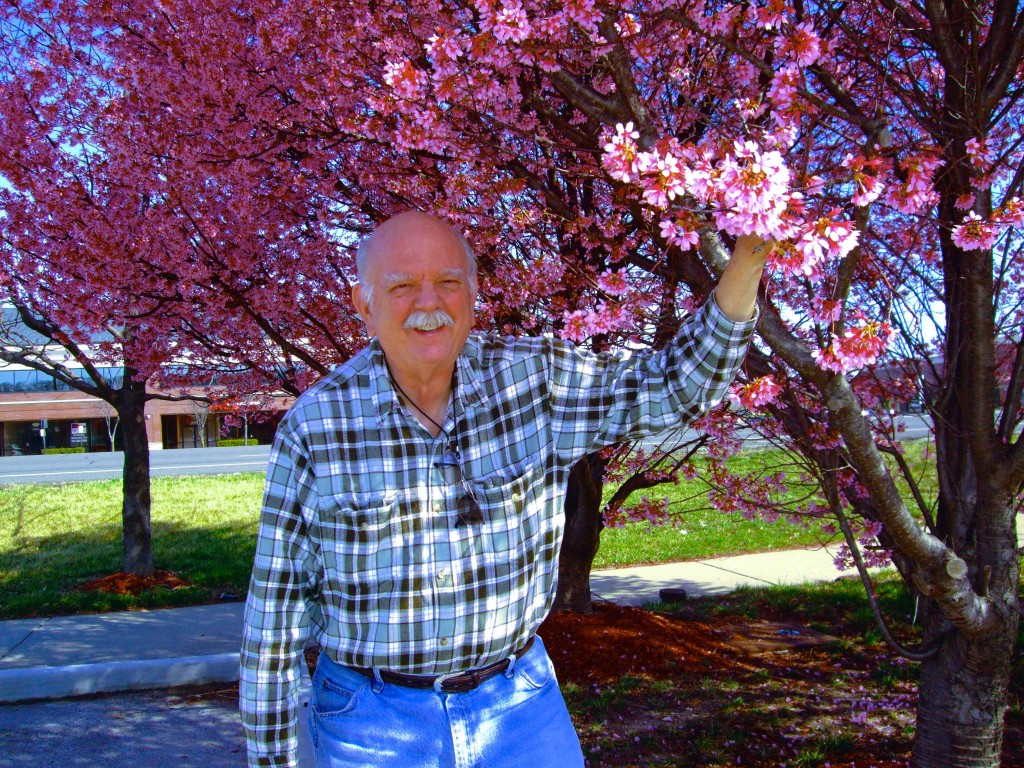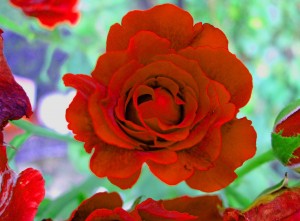Developed in the hills of Logan West Virginia in the 1930s by Marshall Cletis (M.C.) Byles, better known as “Radiator Charlie.” He started working at the age of 4 picking cotton and never went to a day of school in his life – but he showed true American ingenuity. He tinkered with cars, farm equipment, and tomatoes and it shows in his Mortgage Lifter Tomato. Developed in the 1930s by a gardener who planted the four biggest varieties he knew and crossed one with pollen from the other three. He simply crossed German Johnson, Beefsteak, Italian and English varieties and sold the re-selected plants He did this for six seasons and created a variety that produced immense, tasty fruit. He sold the plants for a $1 apiece and paid off his $6000 mortgage in 6 years.
Although many varieties by plant merchants are called “Mortgage Lifter”. ‘Radiator Charlie’s Mortgage Lifter’ is probably the most well-known of all the “mortgage lifter” varieties, Fruits that are large, over a pound each, pink in color, and one of the best-flavored beefsteaks available.
See Also ‘Halladay’s Mortgage Lifter’, ‘Pale Leaf Mortgage Lifter’, and ‘Red Mortgage Lifter’ tomatoes.



 This is my seventieth DECORATION DAY, (yes I know the name has changed) but it has always been a special day as it was the day my mother prepared flowers to decorate the graves of our ancestral history and the forgotten soldiers that had fought to make America free. From where we lived we had to trek in all four directions to visit the many cemeteries and graves this process took about a week to accomplish. I wish I could remember the stories mother told of each person that we stopped by and there location but time has eroded my mind.
This is my seventieth DECORATION DAY, (yes I know the name has changed) but it has always been a special day as it was the day my mother prepared flowers to decorate the graves of our ancestral history and the forgotten soldiers that had fought to make America free. From where we lived we had to trek in all four directions to visit the many cemeteries and graves this process took about a week to accomplish. I wish I could remember the stories mother told of each person that we stopped by and there location but time has eroded my mind.  Roses are the best know flower though out gardening and to some it is the queen of all flowers. Roses have a past and I knew that there are several breeders in England and France however in an article by Harald Enders “A New Home FOR OLD GERMAN ROSES”
Roses are the best know flower though out gardening and to some it is the queen of all flowers. Roses have a past and I knew that there are several breeders in England and France however in an article by Harald Enders “A New Home FOR OLD GERMAN ROSES”